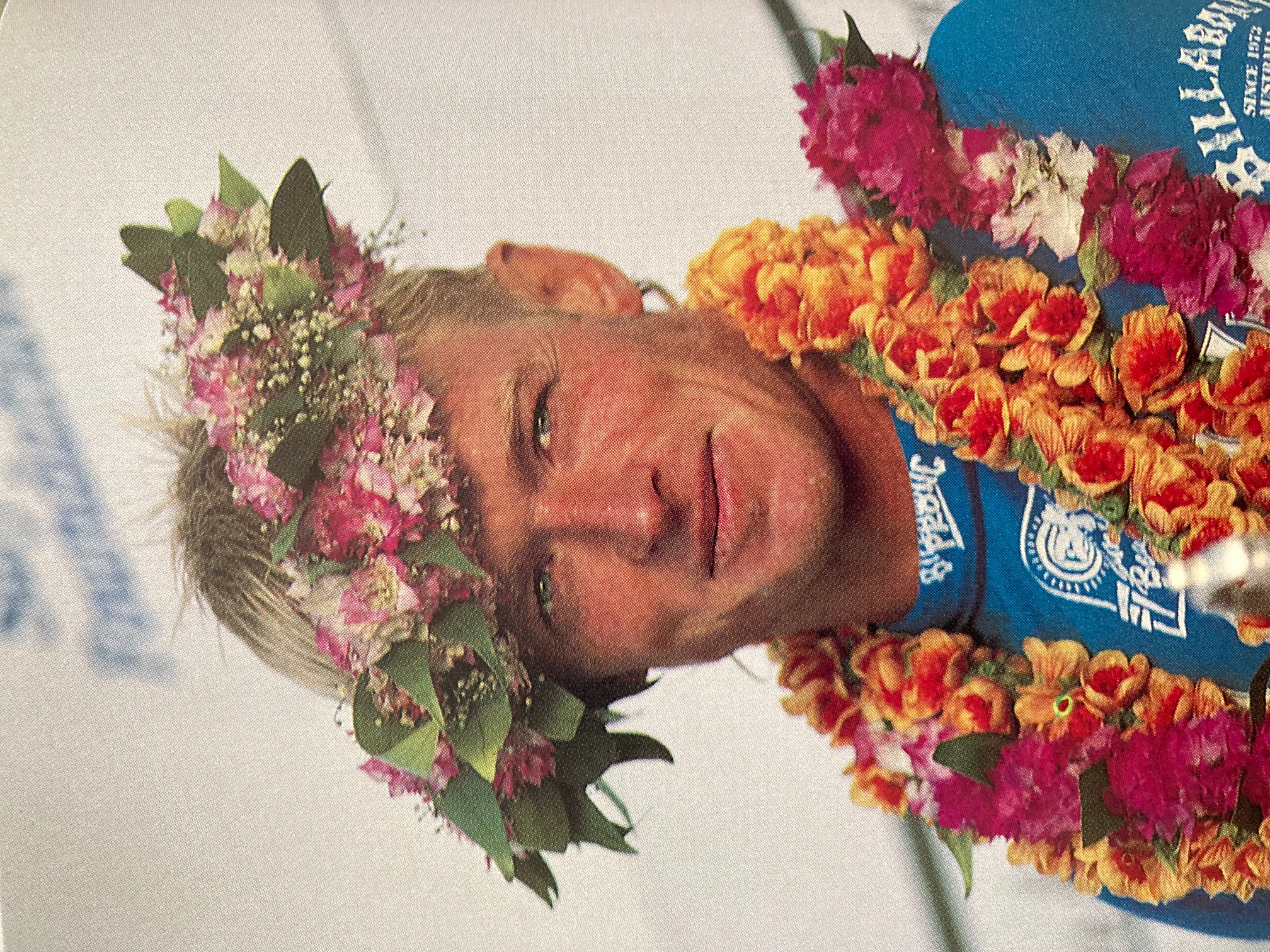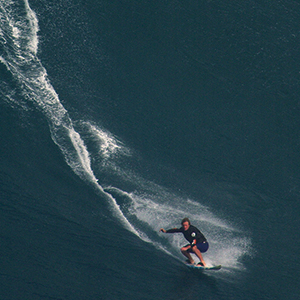About Cheyne

Cheyne Horan
Black Hole Transmissions | Interview with Cheyne Horan, October 2011
By Big Sky Limited & Andrew Kidman • 14 Feb 2024
‘People told me you can’t surf small boards in big waves, but I knew you could, I rode Waimea on a 5’8”. Everything people said, I’ve just defied it. People had wide noses, so I had narrow noses; people had narrow tails, so I had wide tails; people went down, so I went up.’ So says legendary surfing talent Cheyne Horan, in a rare interview he sat for with Andrew Kidman in 2011. Join us for a candid and detailed glimpse at some of Cheyne’s surfboards and design rationales, not to be missed for fans of his quantum-leap surfing and equally groundbreaking surfboards.
Ever grateful for your support,
— Big Sky Limited
Interview with Cheyne Horan, October 2011
By Andrew Kidman
Edited by Dave Parmenter
Editor’s Note:
In the late 1970s and early 1980s Cheyne Horan was one of the most brilliant surfers in the world, blazing away on his single fin double-wing swallows, inventing such innovative and fresh manoeuvres that in the early 1980s Cheyne was described in a SURFING Magazine article as being the messiah of a ‘New Surfing.’ The fact that this article was written by Michael Tomson, the owner of Gotcha, Cheyne’s sponsor, really set the cat amongst the pigeons at the Dana Point glossies, but to my mind this never lessened the fact that it was true. Cheyne was inventing a new kind of surfing: Positional, yet not tied to the curl, he was that rarest of surfers, someone who could flit from each of the three main types of surfers (power surfer, speed surfer, positional surfer) at will.
To help him realize these new maneuvers and lines on waves, Cheyne and his shaper/designer came up with a fresh wrinkle on the original Velzy ‘Pig’ board — the ‘Needle Nose.’ The predecessor to the much more extreme Lazor Zap, the Needle Nose was a radically tail-centred planshape with a wider tail and a pinched in ‘needle’ nose. As Cheyne relates in the following interview conducted in 2011 by Andrew Kidman, he was looking for leverage, stored energy, and fulcrum points in his surfboards that were by any definition opposite to those designed into all other contemporary surfboards on the professional surfing circuit when he was at his peak.
Over 40 years later, Cheyne continues this quest for atypical surfboard designs that allow him to follow his imagination across the face of a breaking wave.

